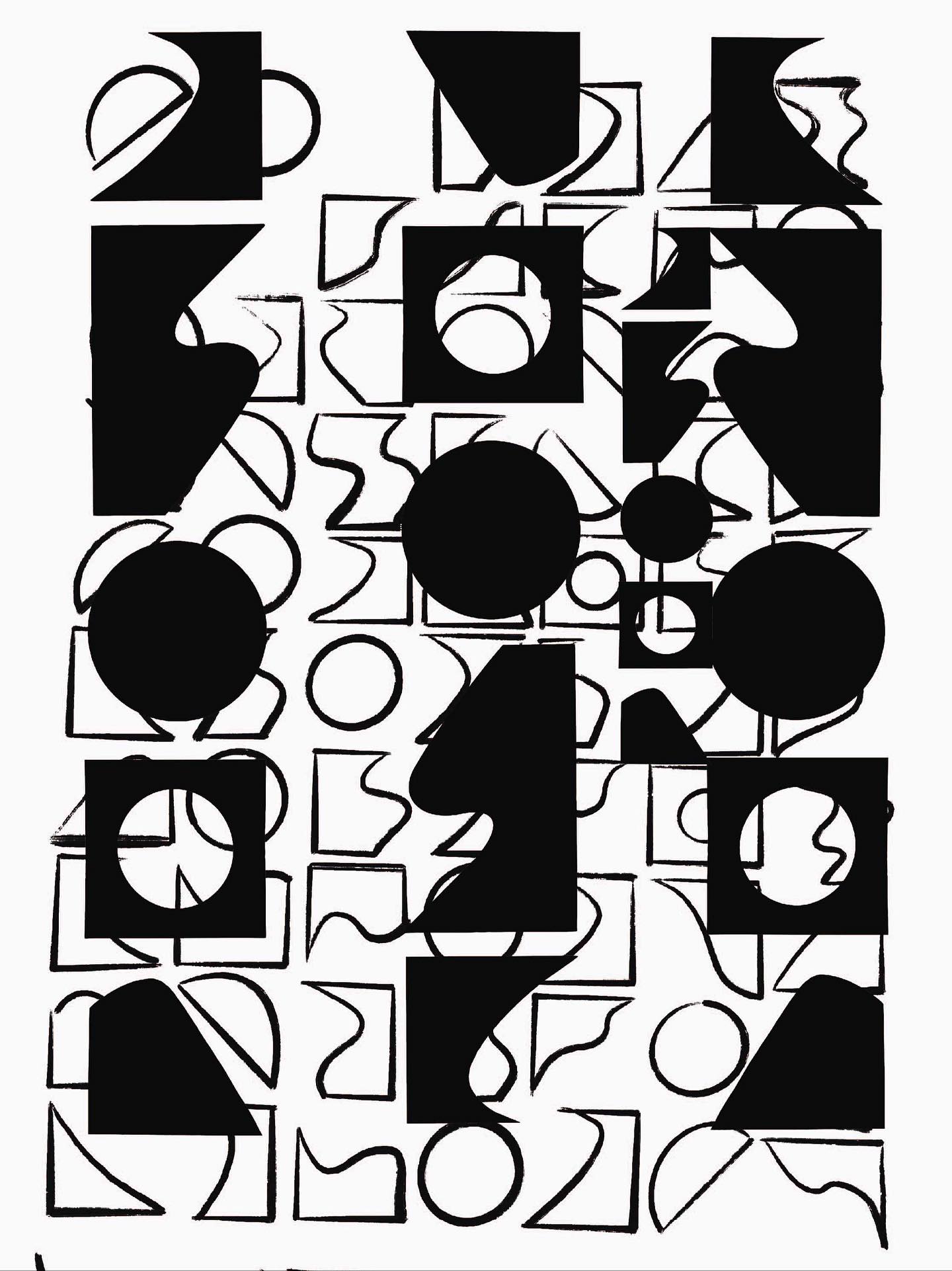Purchasing ski boots can be daunting. There are so many options that it’s sometimes hard to know where to start. Here are some helpful tips and facts to make finding a boot a bit easier.
Talk to an Expert About Ski Boots
When you are in a ski shop, the first thing you should do is find a bootfitter; they are experts! They will be able to determine your boot size, last width, and evaluate your arches and instep. Ski boots have all sorts of styles to try to accommodate all the different foot types. Picking the boot that fits your foot best will get you the best result while skiing. One of the most important things to remember is that ski boots are a piece of equipment. They are made to perform and they perform best when they fit properly.
Pro Tip: When the bootfitter gives us our boot size, last, arch, and instep information, we write it down in case we decide to go to another store to try more boots on.
Make Sure The Ski Boot Fits Correctly
Your toes should lightly touch the front of your boot, touching but not scrunching when standing up. Your heal shouldn’t lift off the bottom of the boot and there shouldn’t be any side to side movement of your foot in the boot.
Pro Tip: Before coming to the conclusion on whether your toes are touching or scrunching, make sure you are buckled up in the boot. When you buckle the boot it will pull your foot back naturally into a more comfortable position.
When the boot is secure on your foot you will want to stand up in a skier position. The skier position is when your knees are bent, leaning forward over your toes. You should feel your entire shin on the front of the boot when in a correct skier position. Once you are in position, you should feel your toes pull back slightly from the front of the boot. At this point, your toes should either be barely touching or not touching the front. This will indicate that the boot is the right fit for you.
Fun fact: Your shoe size does not usually correlate to your boot size. When buying shoes, people tend to buy a half size bigger so that the shoe is more comfortable. However, for ski boots, you do not want to do this. Usually sizing up in a ski boot will feel more comfortable at first, but when the boot breaks in, it will become too loose. Your foot will start to move around in the boot which creates pressure points, sore feet, and overall a bad time on the mountain.
Break Your Ski Boots In!
Ski boots are meant to be broken in, just like most other boots. They start out tight at first but after about 72 hours of wearing them, you should feel the liners loosen and become more comfortable. Most stores can heat mold your liners for you which will help with the break-in process of your boots.
Tips for Trying on Boots
- Try boots on in the manner that you will be using them. Buckle them up as if you were skiing.
- Try them on with the sock you will use on the mountain. The sock should be pulled all the way up your leg with no wrinkles.
- Make sure the tongue of the liner is the most inside layer of the boot. If this is crooked or on the outside layer it can be uncomfortable.
Don’t Forget This When Trying To Find the Perfect Ski Boot
The Last: The last is the measurement of the width of the front of your foot. ( From the ball of your foot to the beginning of your pinky toe.) If the last is too big, the front of your foot will move side to side or could even possibly turn a bit which is not ideal. If the last is too small, you will feel tons of pressure on the sides of your feet. Like our girl Goldilocks, you want the last to be just right!
Flex: To test the flex of a boot, stand in skier position and bounce up and down in both boots to see how much they flex. Note: this is not a jump, it’s a bounce. Your feet should stay on the ground.
- Too much flex = the boot is too soft
- Not flexing at all = the boot is too stiff
- Flexing a little bit = Just right!
Footbeds: Footbeds or orthotics are highly recommended in any ski boot. When you are skiing, you are putting lots of pressure on your feet and sometimes they will become fatigued or your arches will start to ache. Most ski boot brands use a flimsy piece of foam for the sole and our feet deserve more support than that. If you already have orthotics, bring them with you to try with your ski boots. If you don’t have orthotics, buy them while purchasing boots. Your feet will thank you!
We hope you find these boot shopping tips helpful in finding the perfect boot! Now it’s time to shop for the perfect pair of skis.




